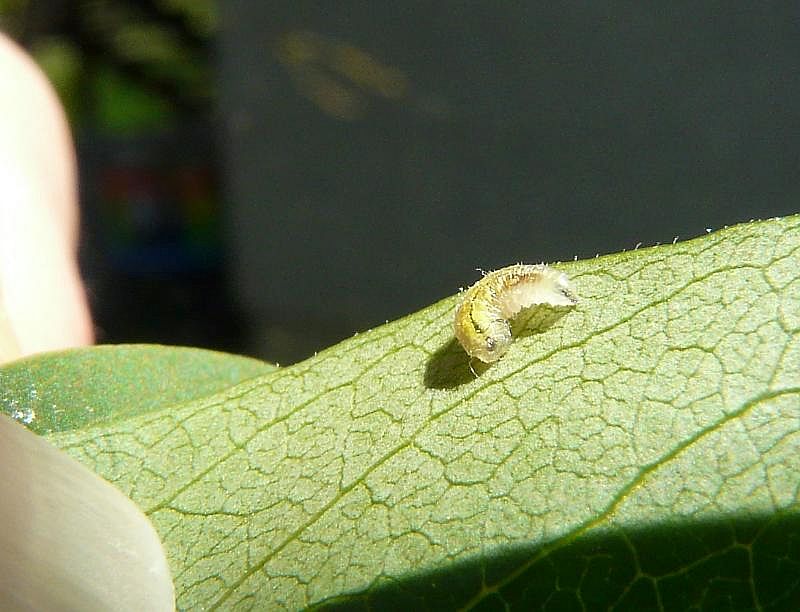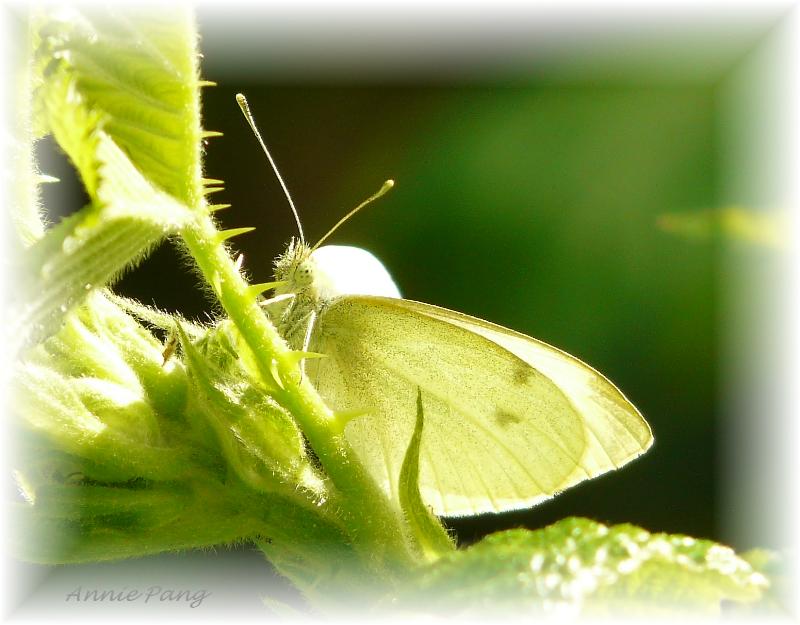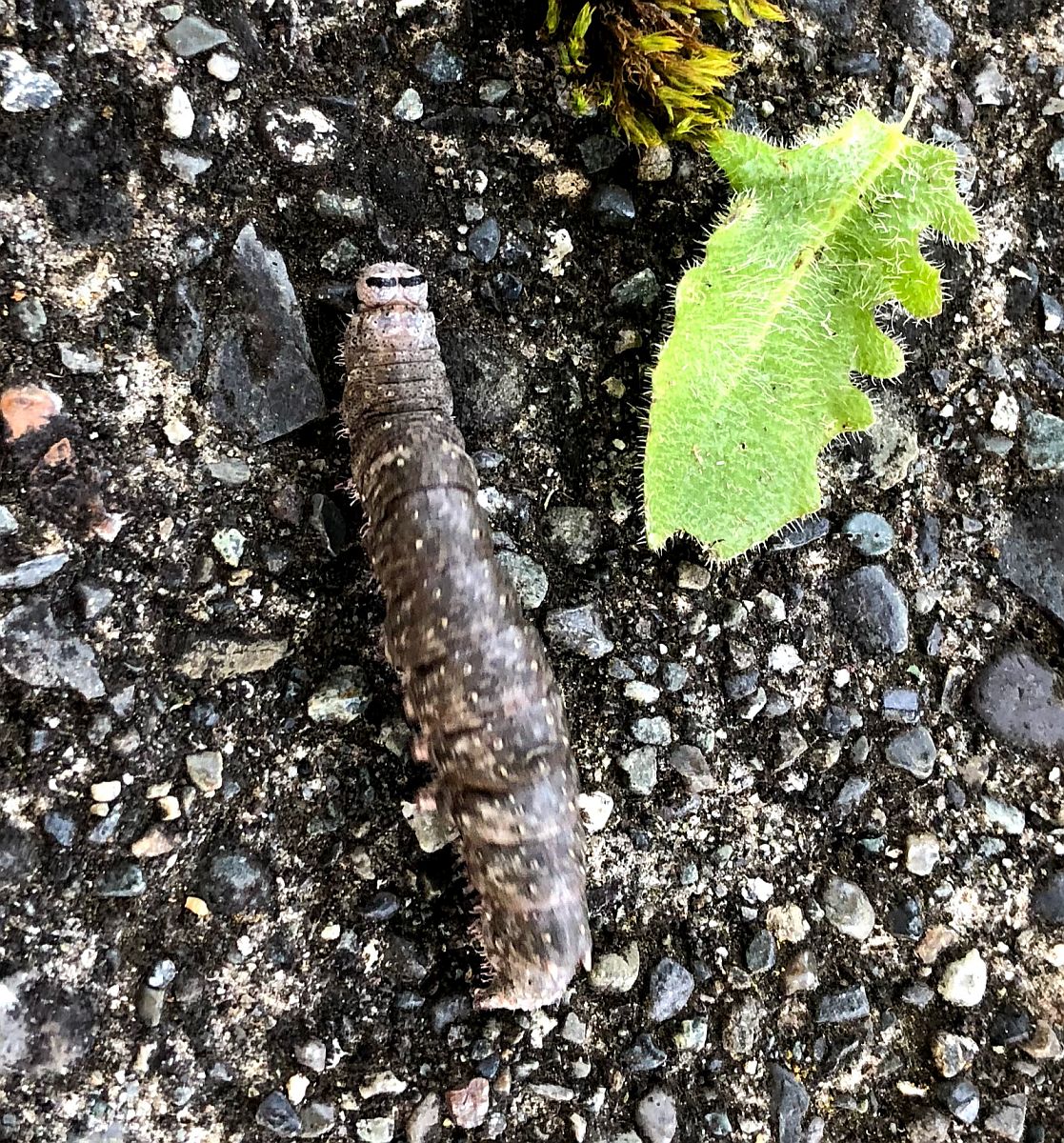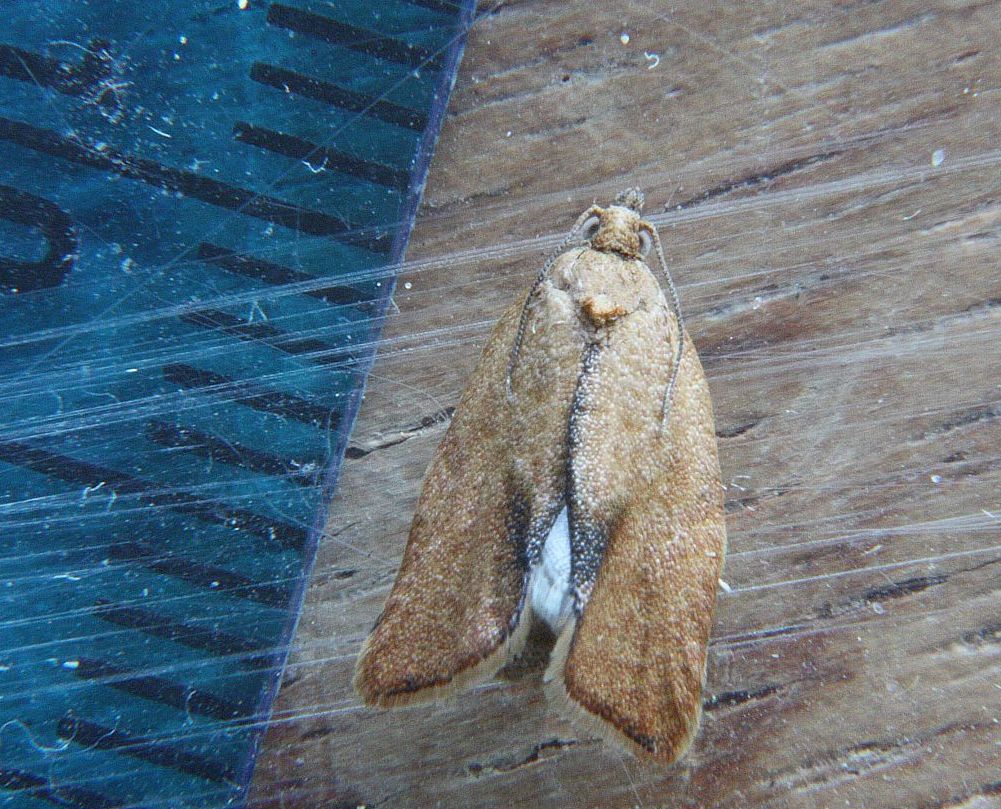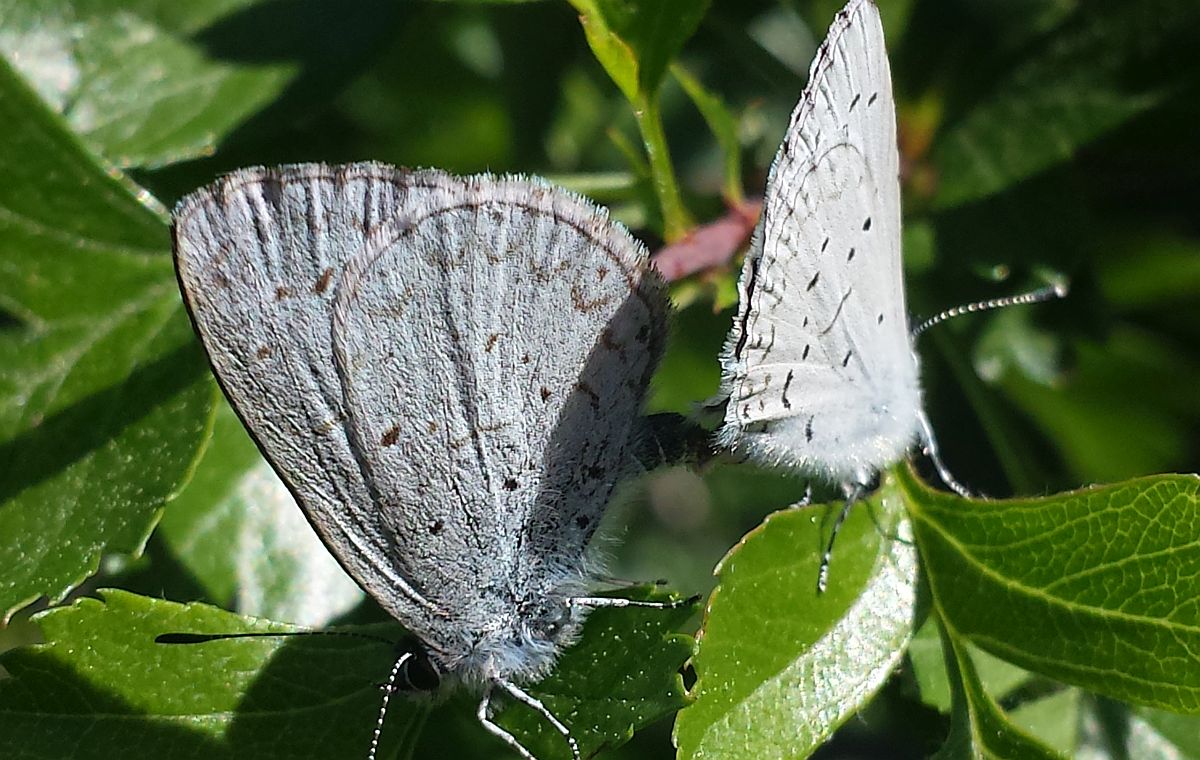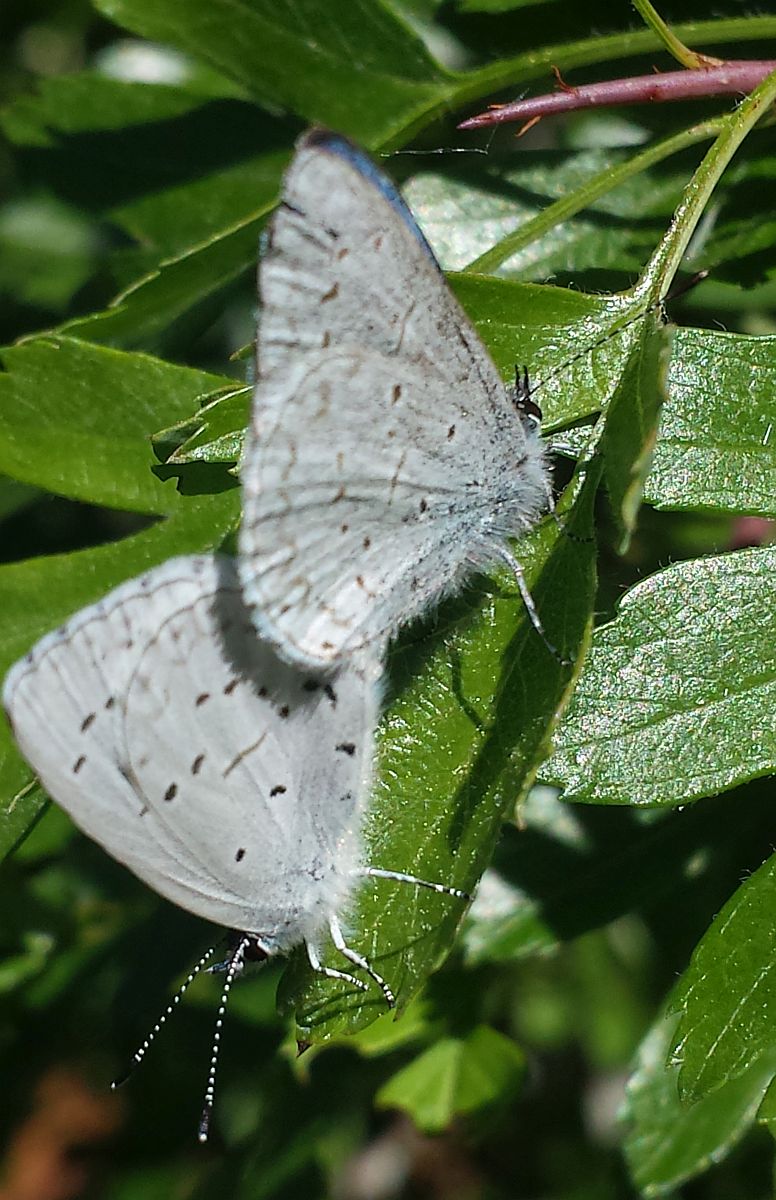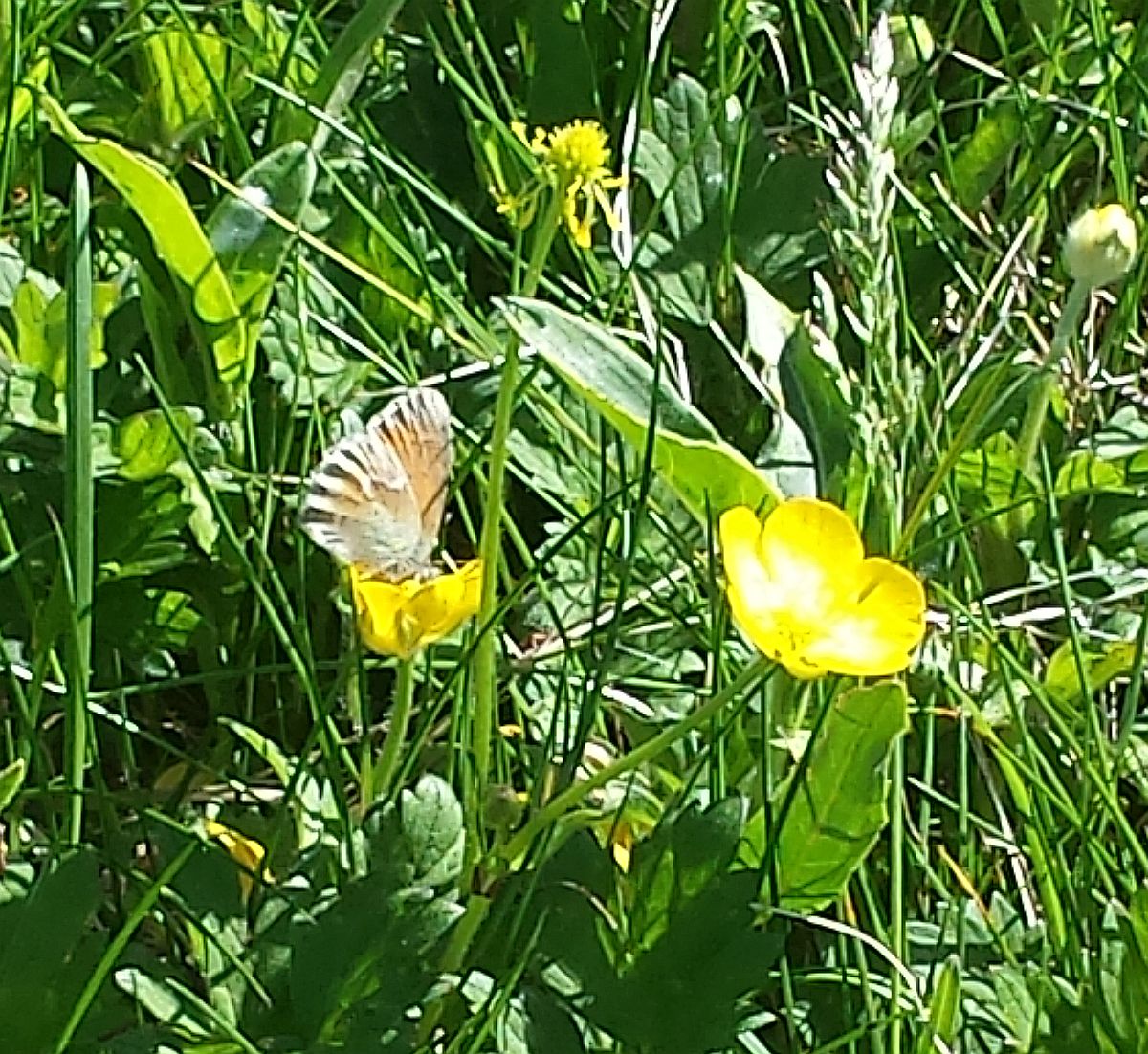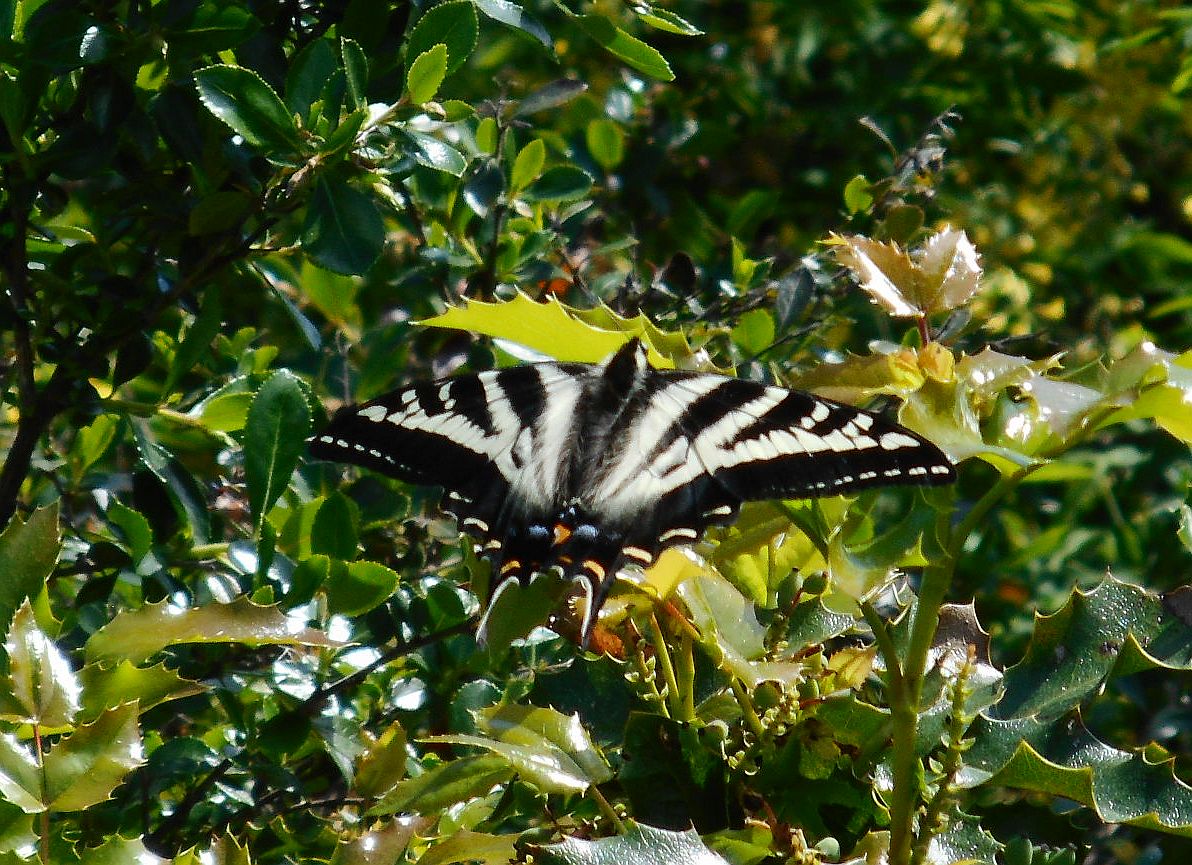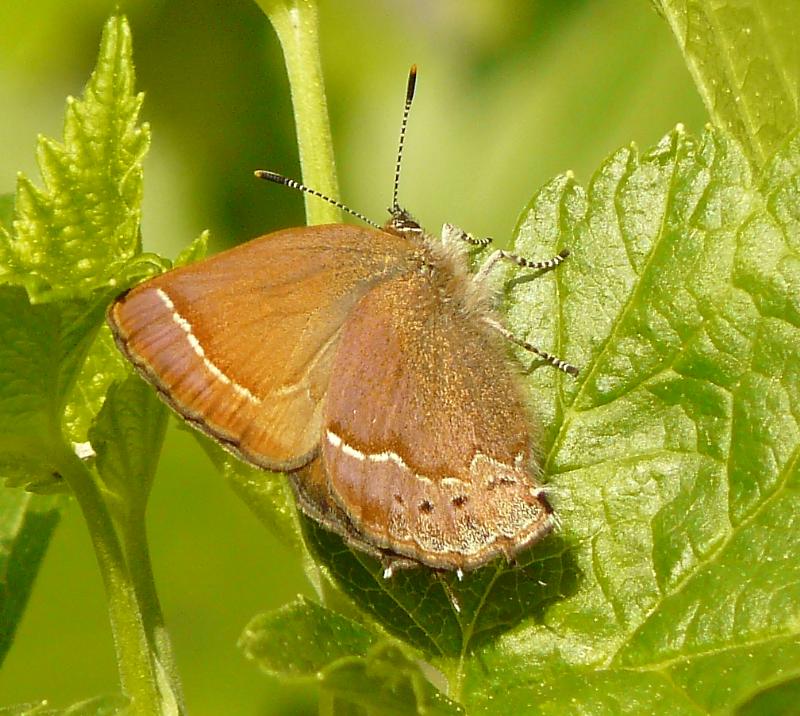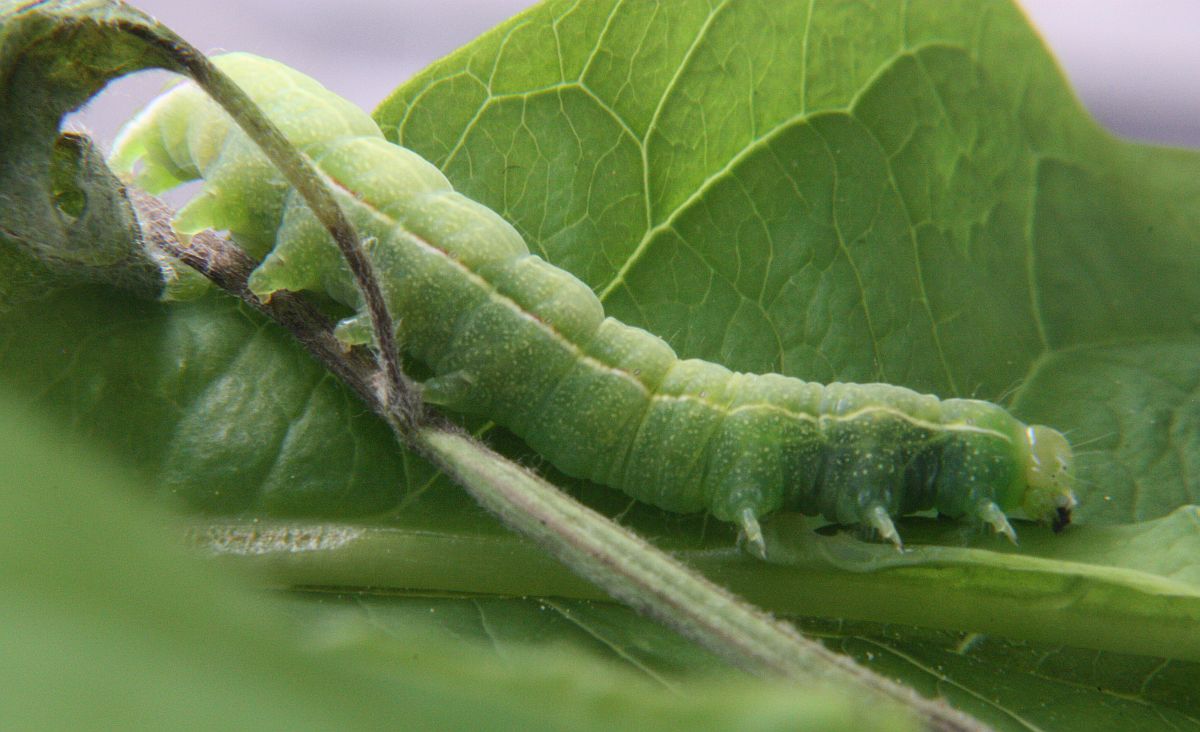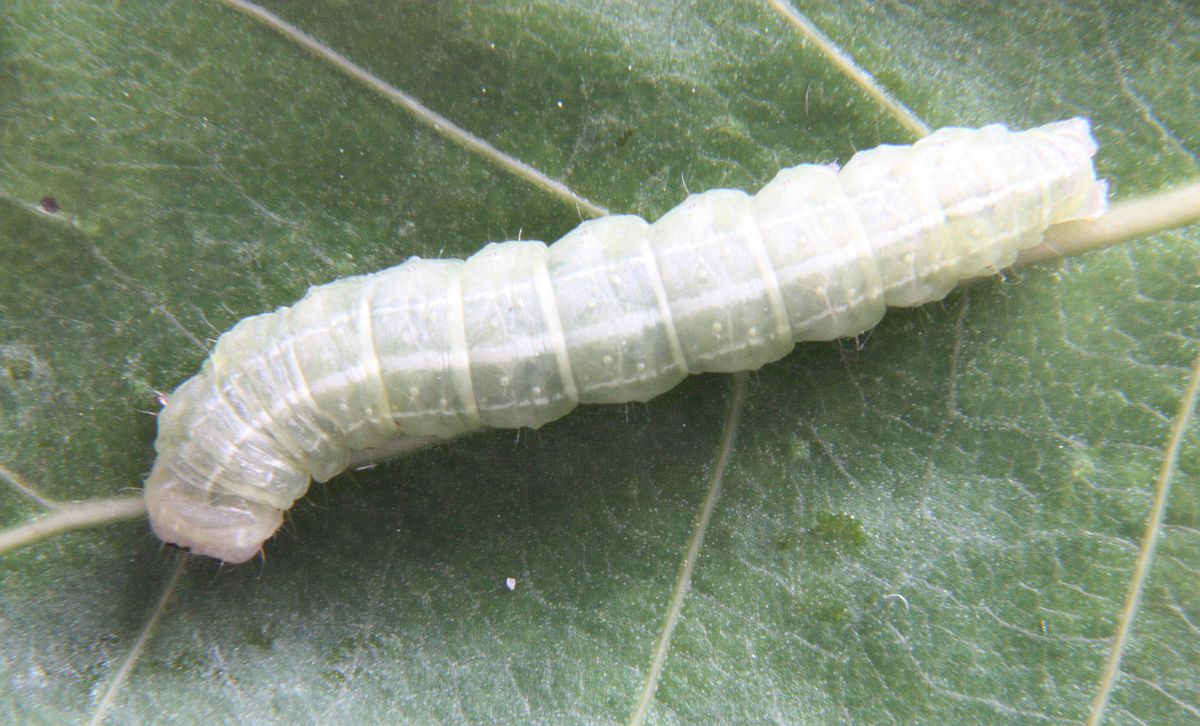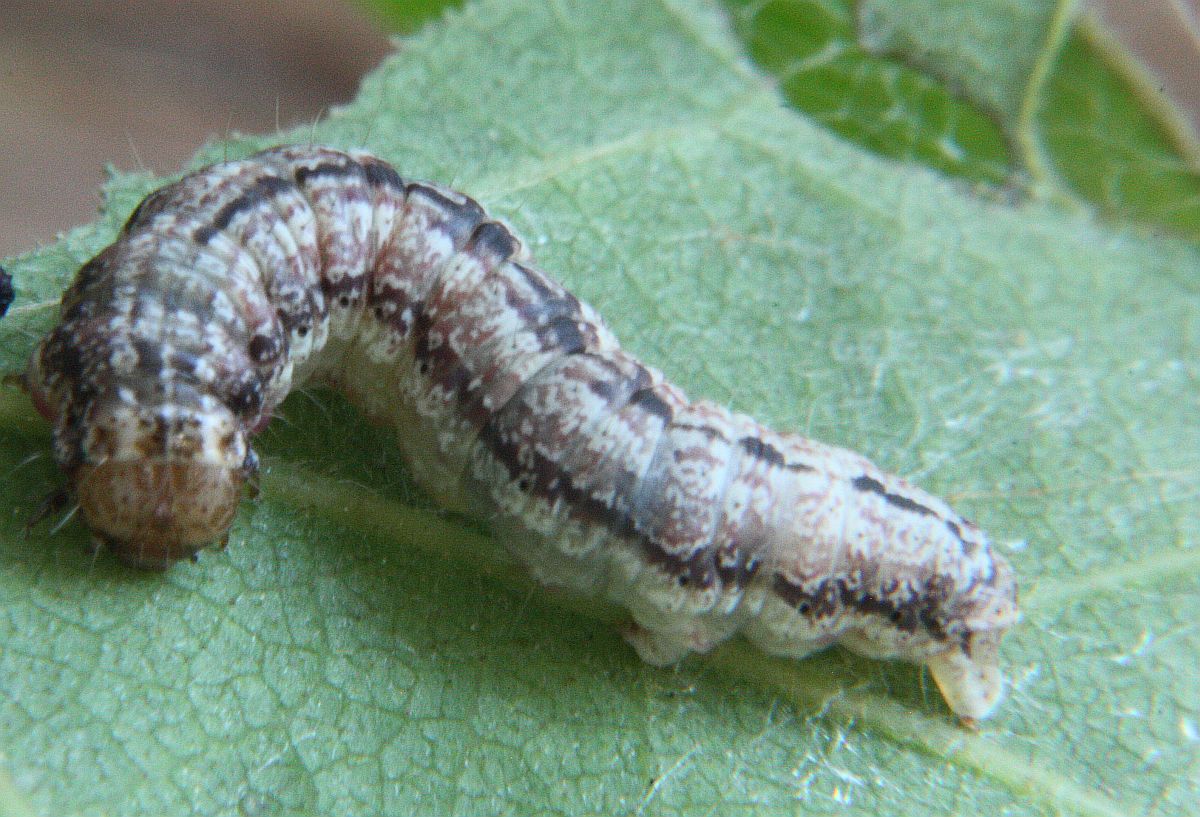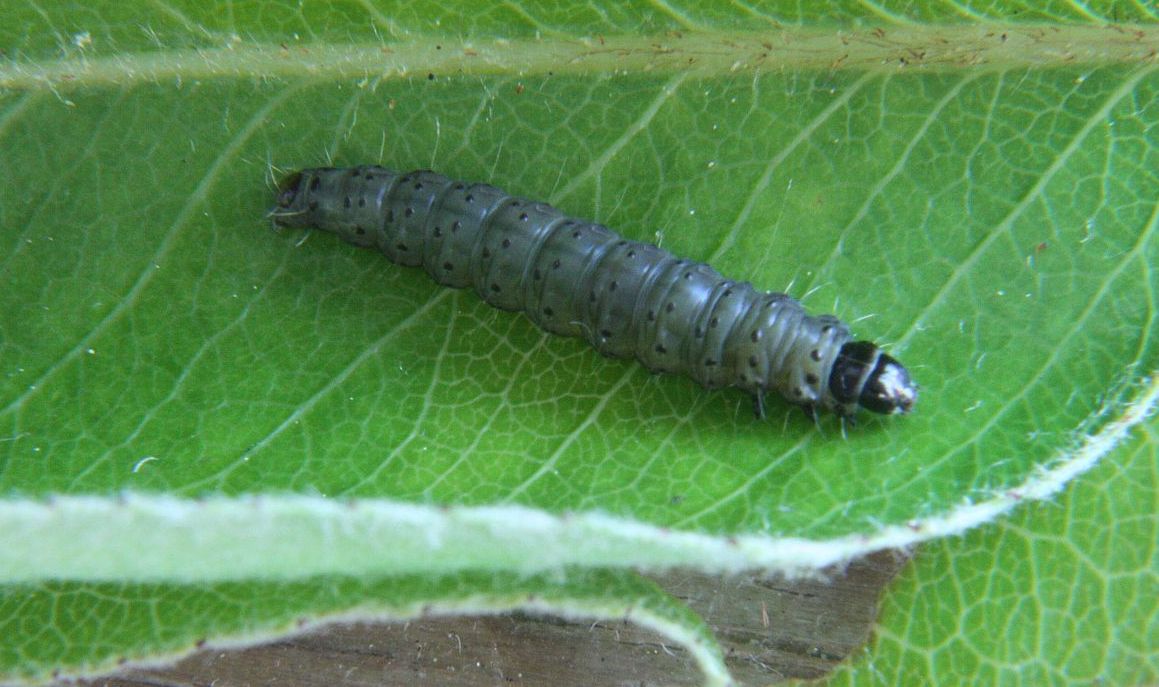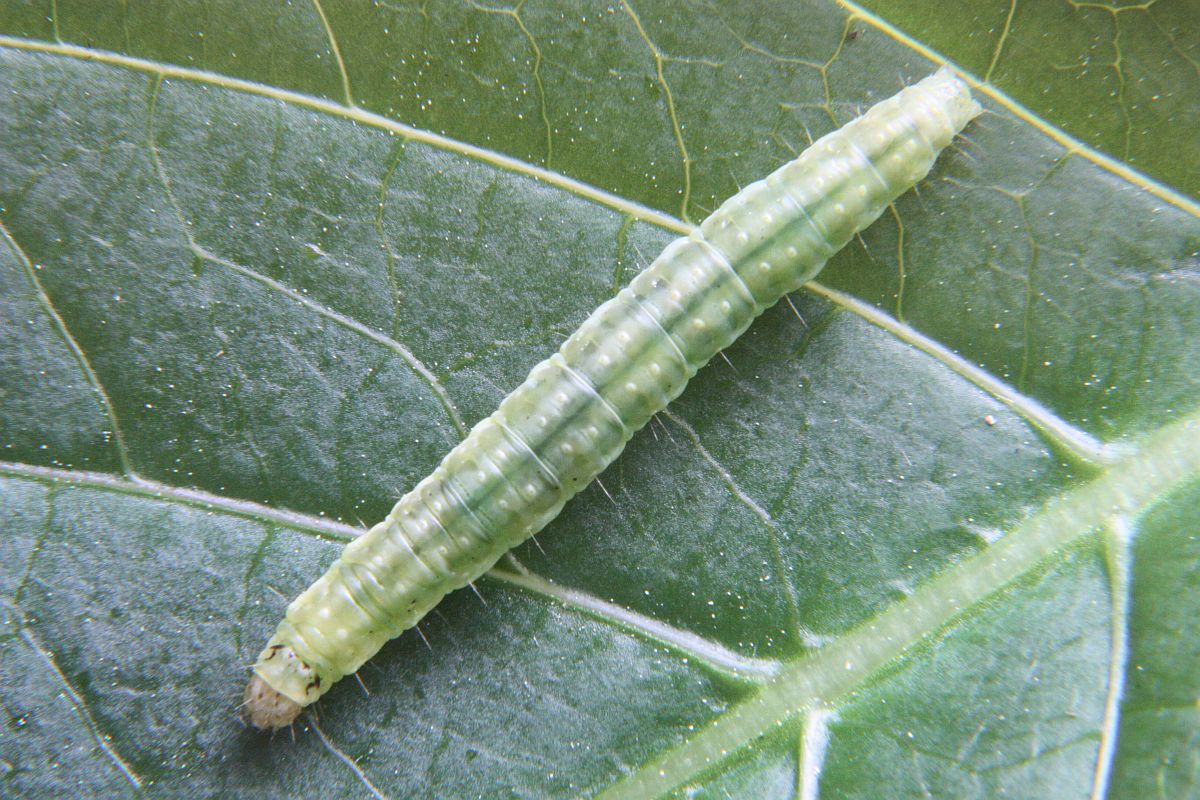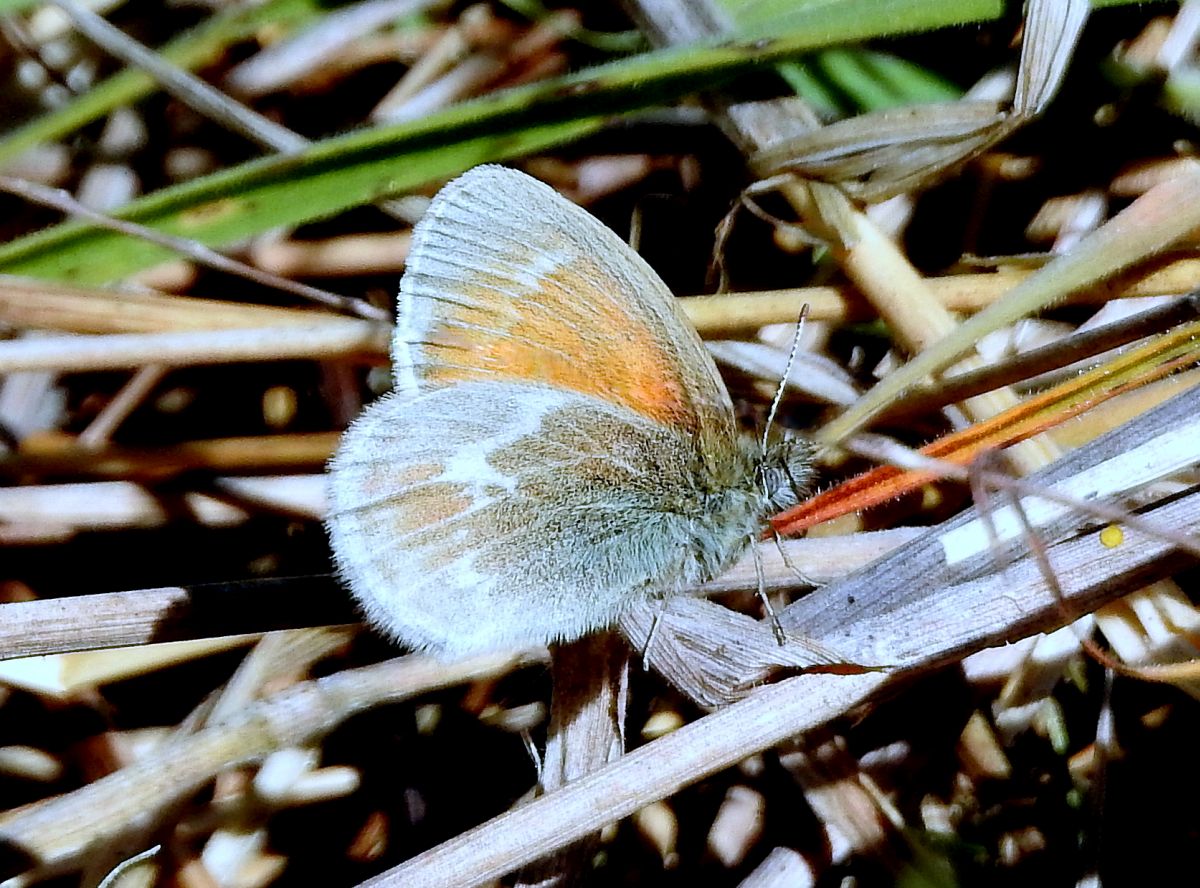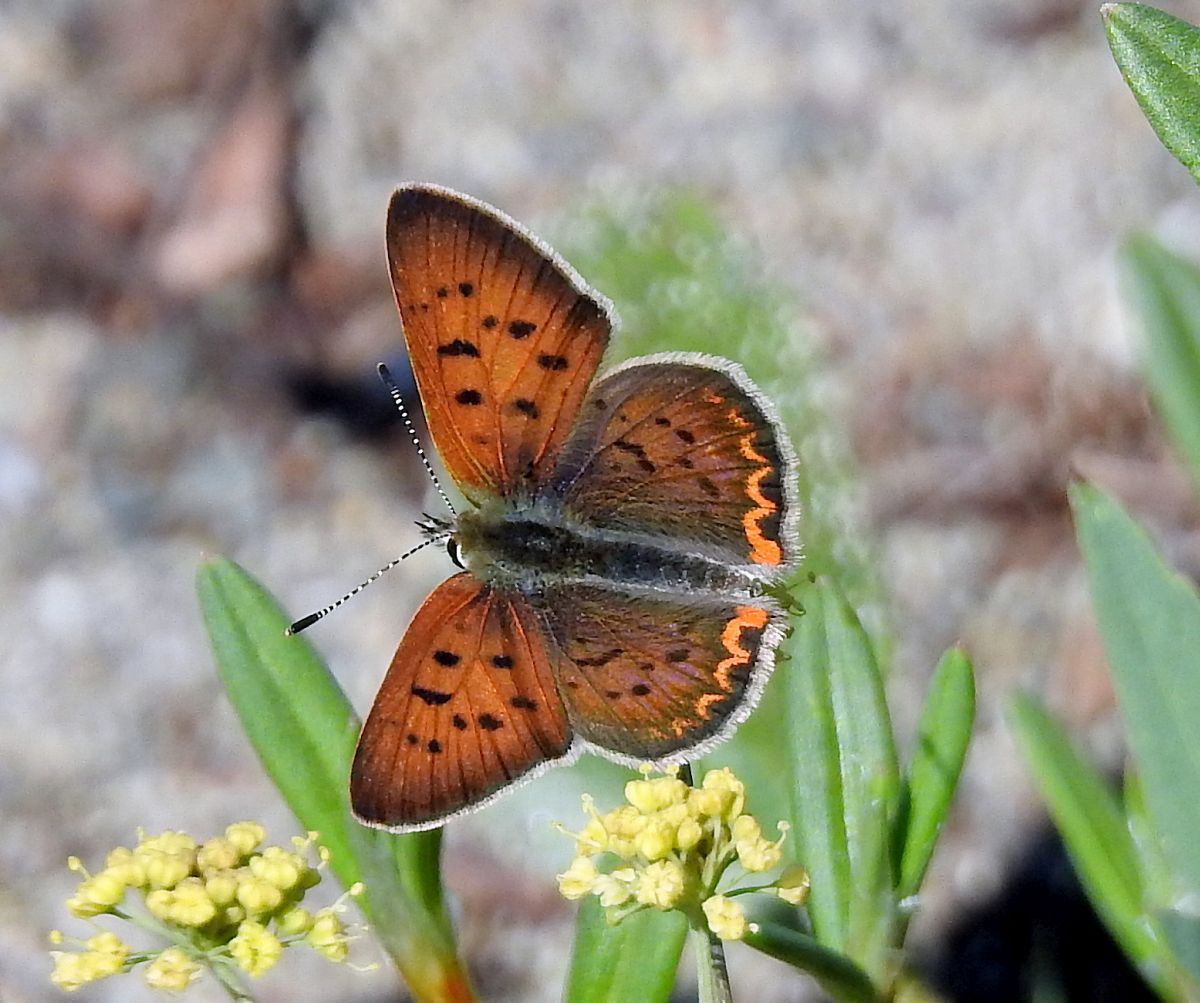2018 May 18 evening
Mike Yip writes from Nanoose Bay: Yesterday, when I was photographing a Western Brown Elfin in the rhododendron bush, a Cedar Hairstreak landed in the nearby osier dogwood. It also nectared on the holly tree. Western Spring Azures are also common in the yard as are the black and yellow bumble bees. The Western Tailed Blue was on Cross Road where the Arctic Skipper is still nectaring on the vetch.
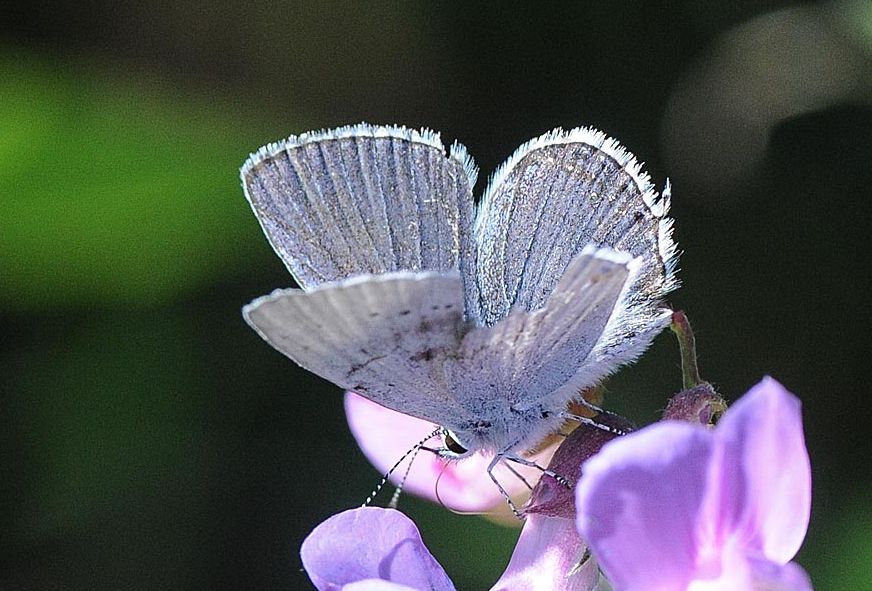
Western Tailed Blue Everes amyntula (Lep.: Lycaenidae) Mike Yip
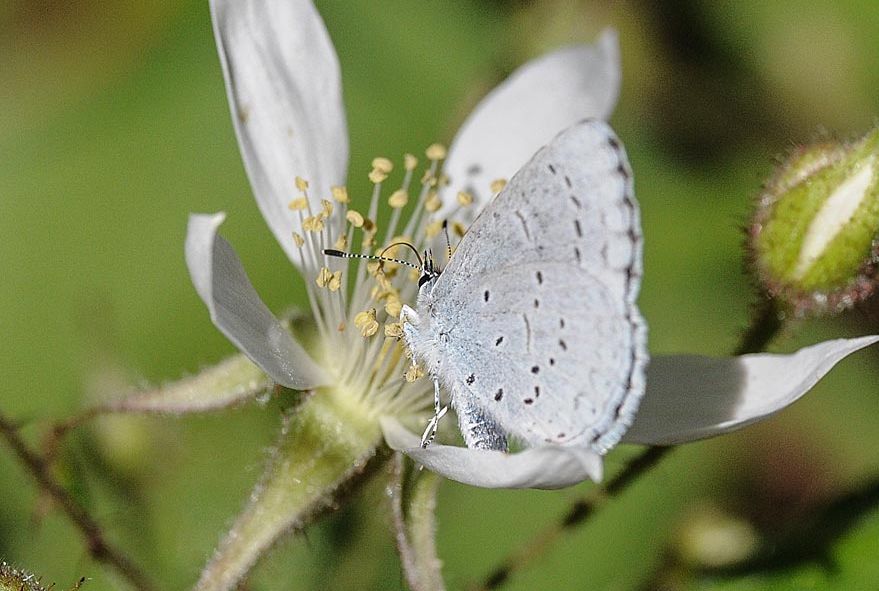
Western Spring Azure Celastrina echo (Lep.: Lycaenidae) Mike Yip
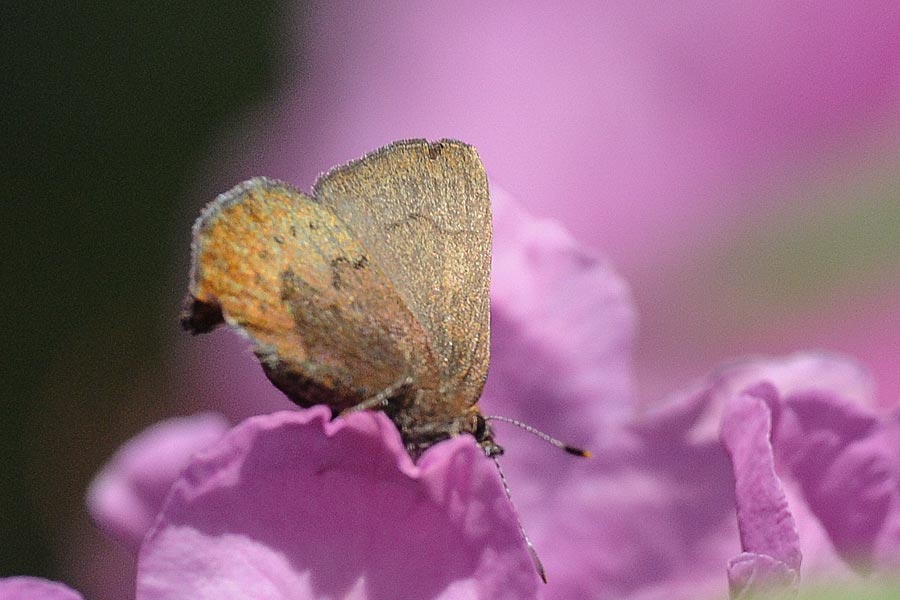
Western Brown Elfin Incisalia iroides (Lep.: Lycaenidae) Mike Yip
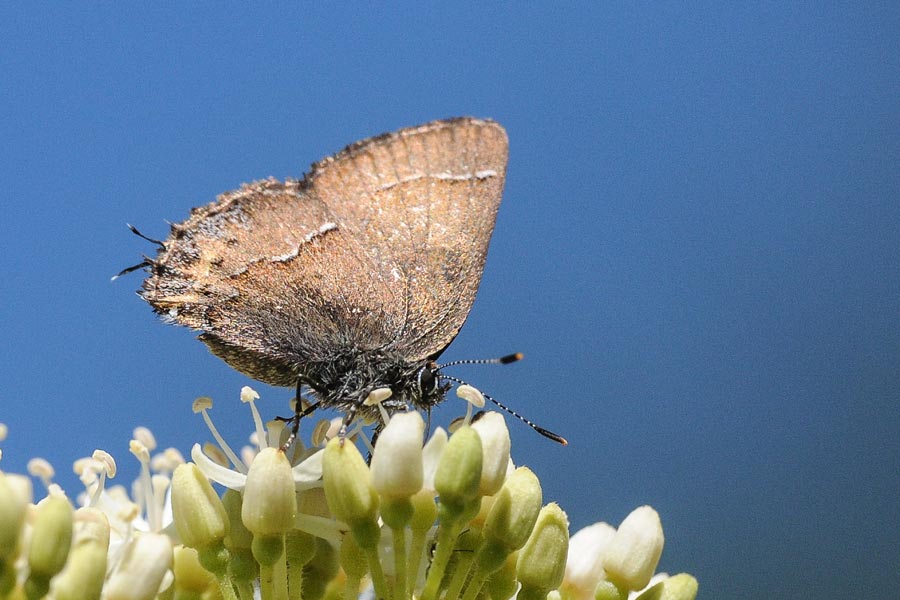
Cedar Hairstreak Mitoura rosneri (Lep.: Lycaenidae) Mike Yip
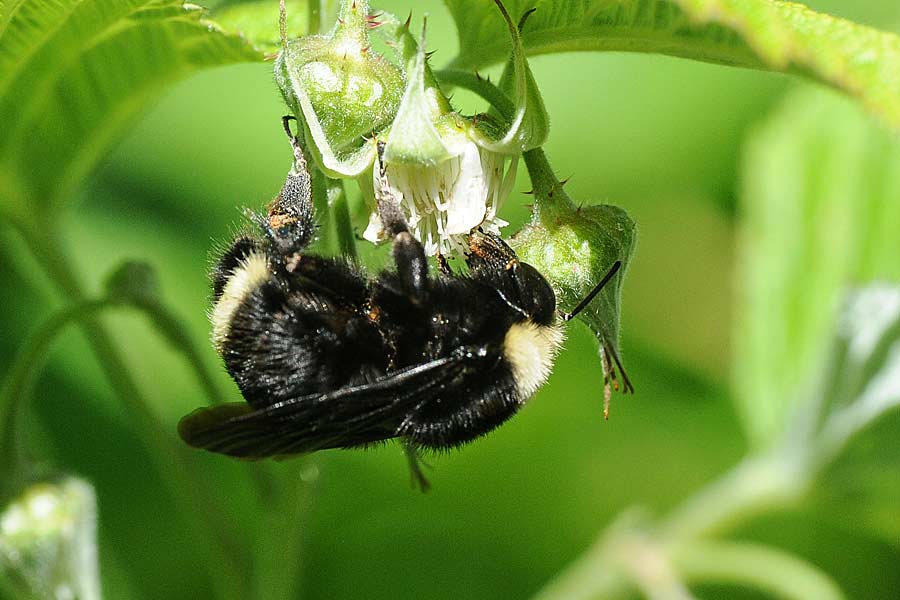
Bombus vosnesenskii (Hym.: Apidae) Mike Yip
Thanks to Annie Pang for identifying the bee for us.
Lots more in the queue – but will have to wait until tomorrow! And maybe not first thing in the morning – I’ll be up in the wee hours watching Harry and Meghan. Jeremy


